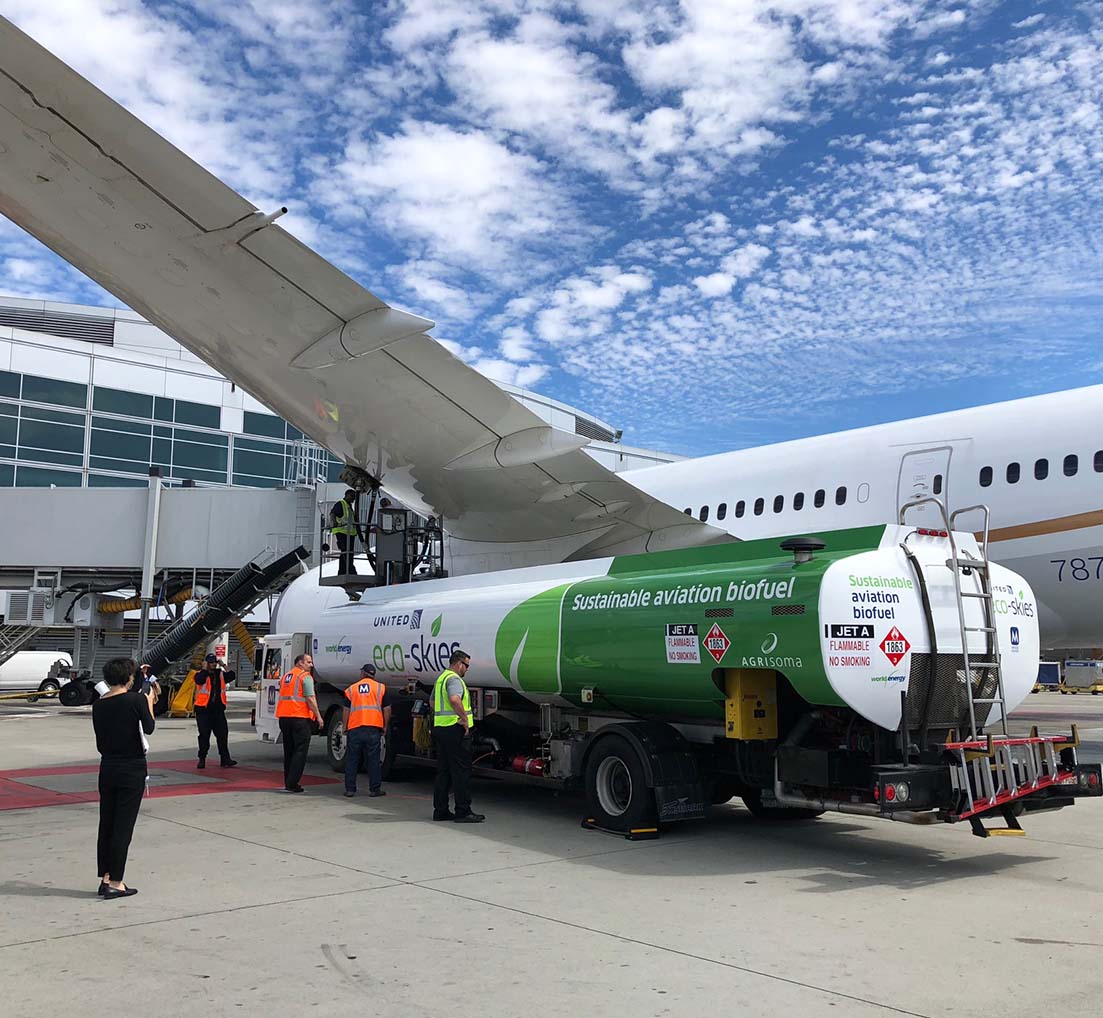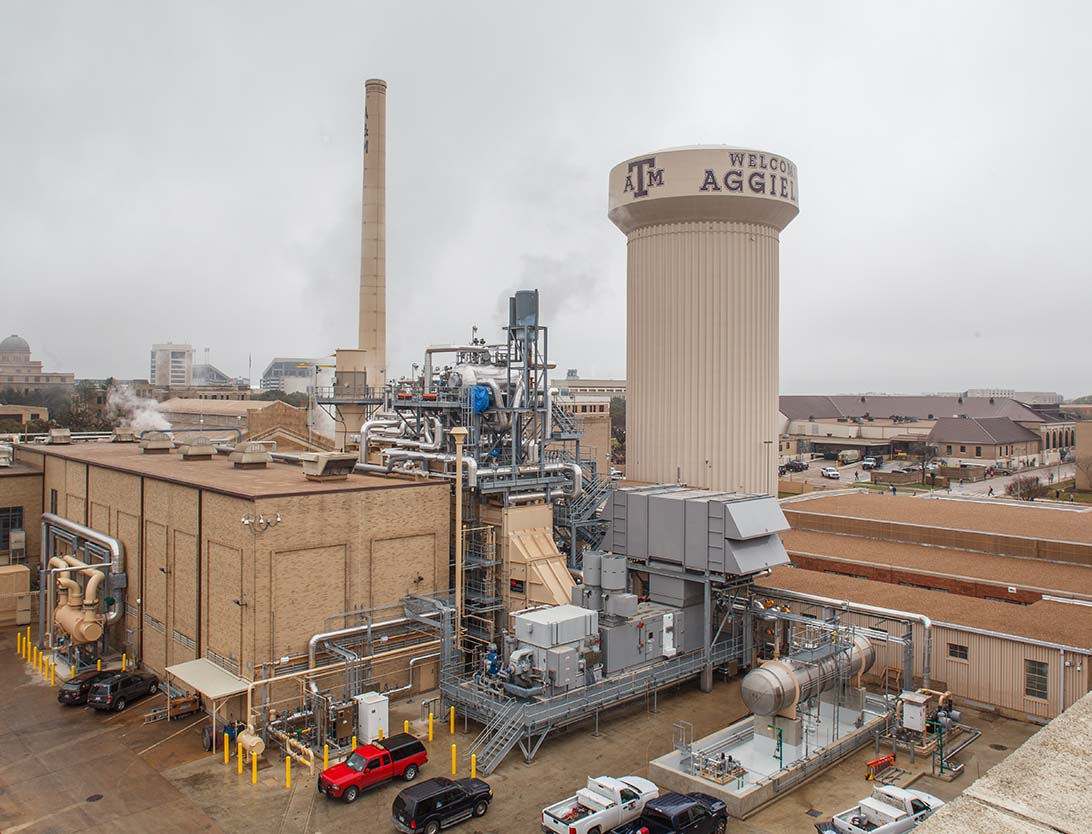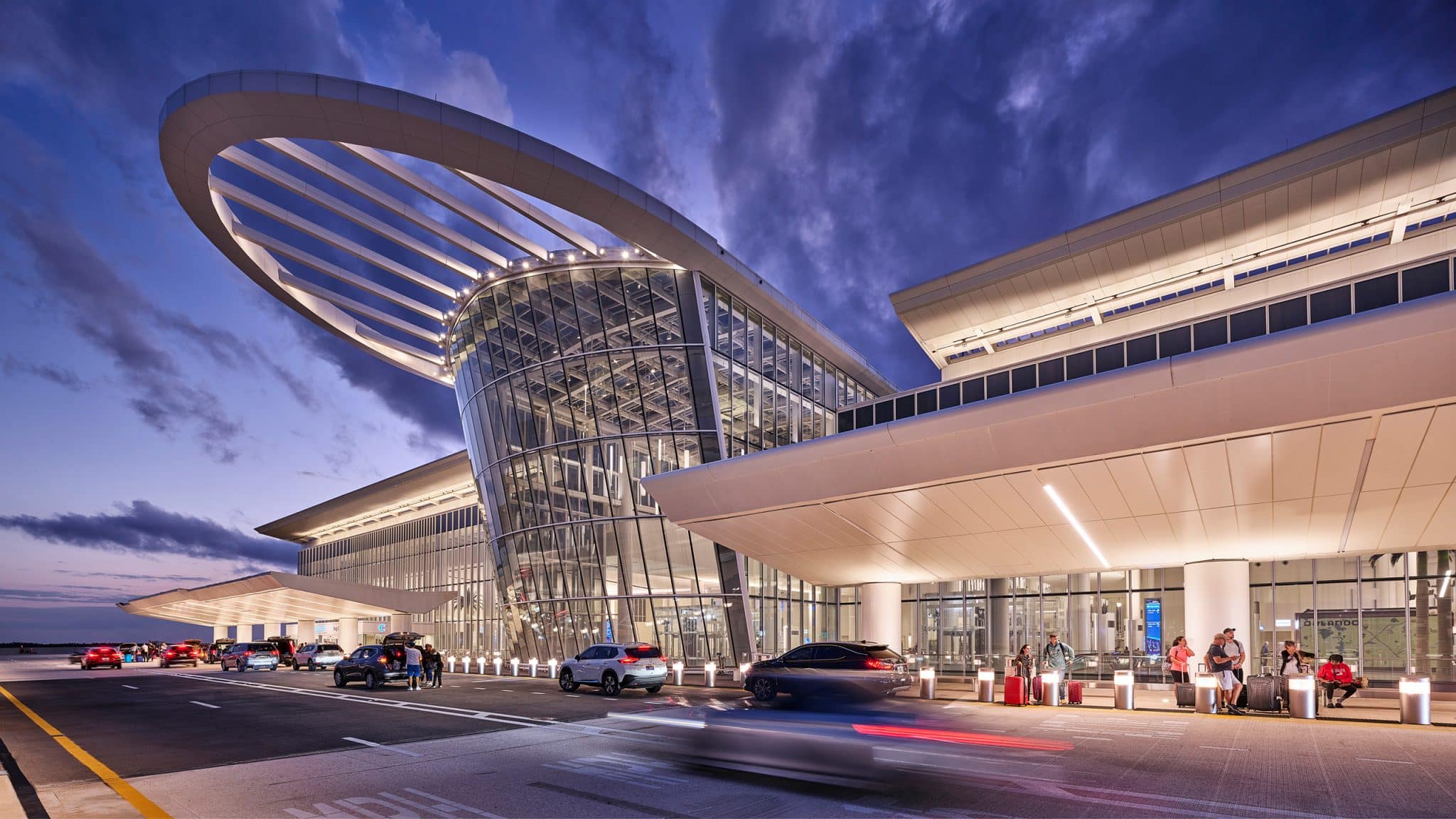
Partners in
Reliability. Resilience. Innovation. Sustainability. Safety.
At Burns, we immerse ourselves in each client’s critical facilities, systems and infrastructure.
We overcome engineering challenges, collaborating to develop solutions that transform the built environment.
Together, we inspire, create and deliver a better tomorrow.
Project Spotlights
Burns served as owner’s representative throughout development of the $2.7-billion, 1-million-square-foot Terminal A.
See project
Burns designed 10 Megawatts (MW) of solar arrays across three Southeast Baltimore warehouse facilities.
See project
Burns customized electric vehicle (EV) charging infrastructure designs for the utility’s internal fleet, supporting electrification and emission-reduction goals.
See project
Updates to critical infrastructure created more contemporary, energy-efficient and resilient facilities at the 400,000-square-foot, acute care hospital in Pasco County, Florida.
See project
Burns led engineering design for multiple electrification projects, shifting the university off carbon-intensive steam production.
See project
Burns led design of a new Philadelphia Water Department preliminary treatment facility’s mechanical, plumbing, fire-protection, and fire alarm systems.
See project
Burns delivers engineering services to prepare a Northern New Jersey bus garage for the upcoming deployment of battery electric buses.
See project
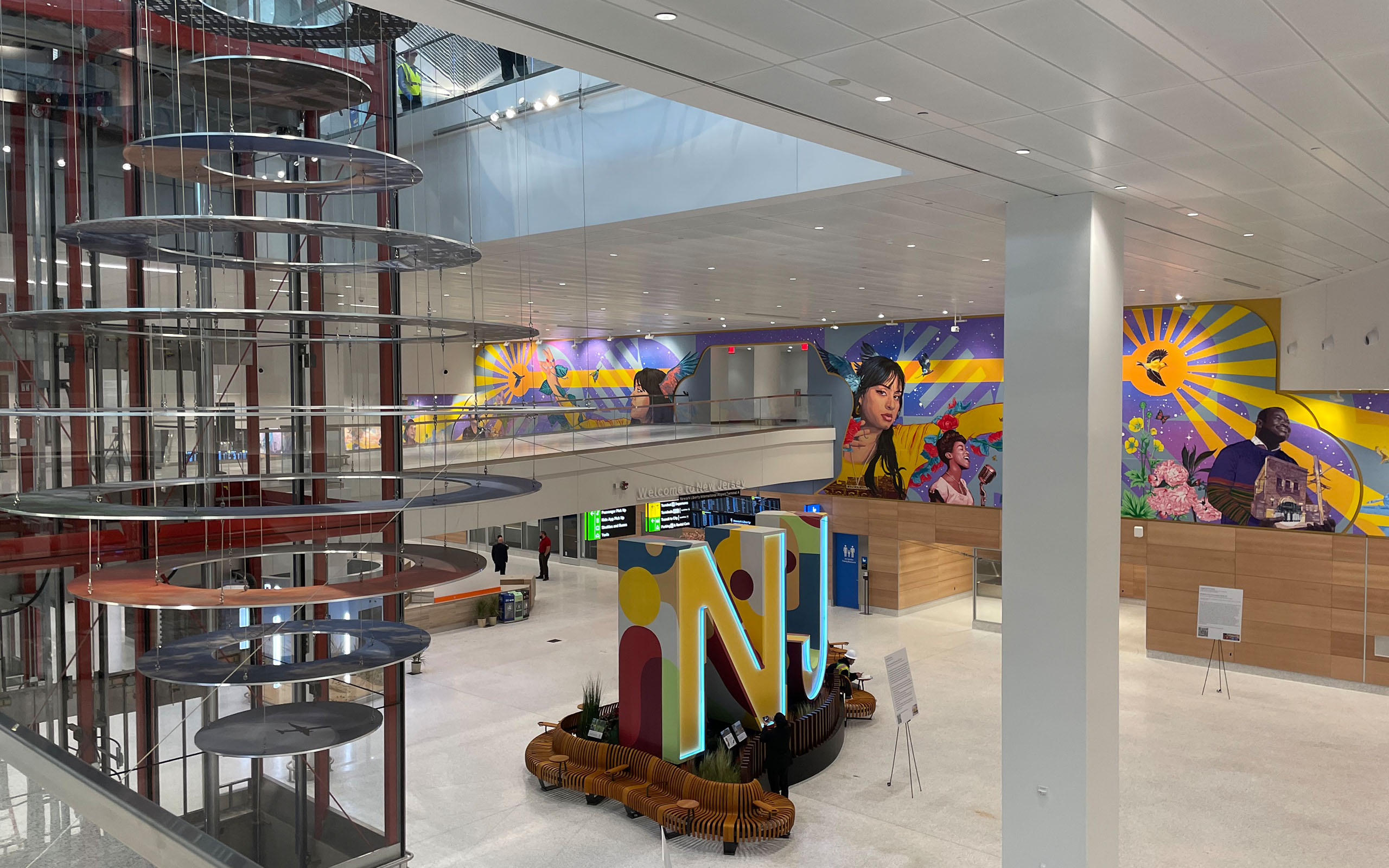
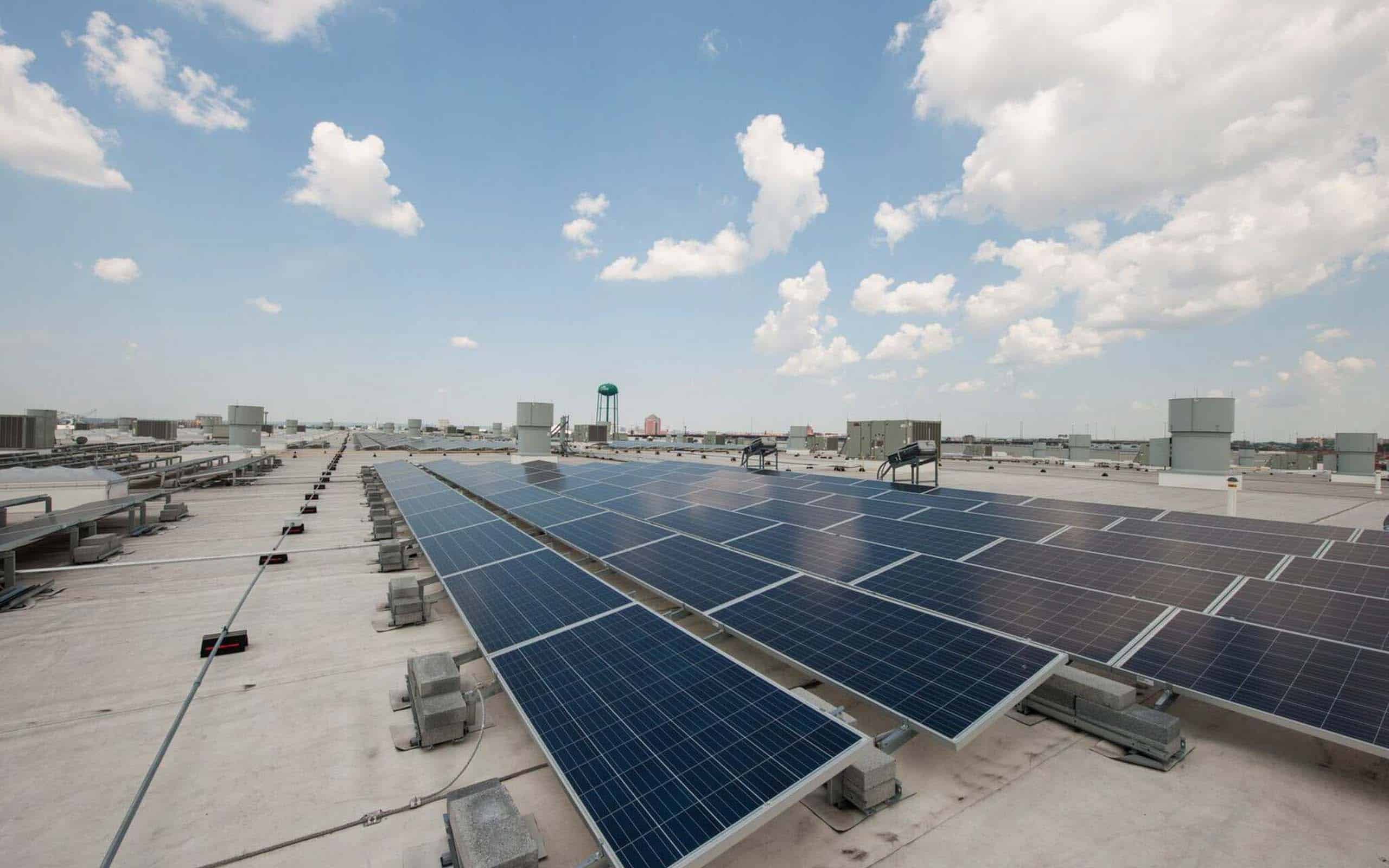

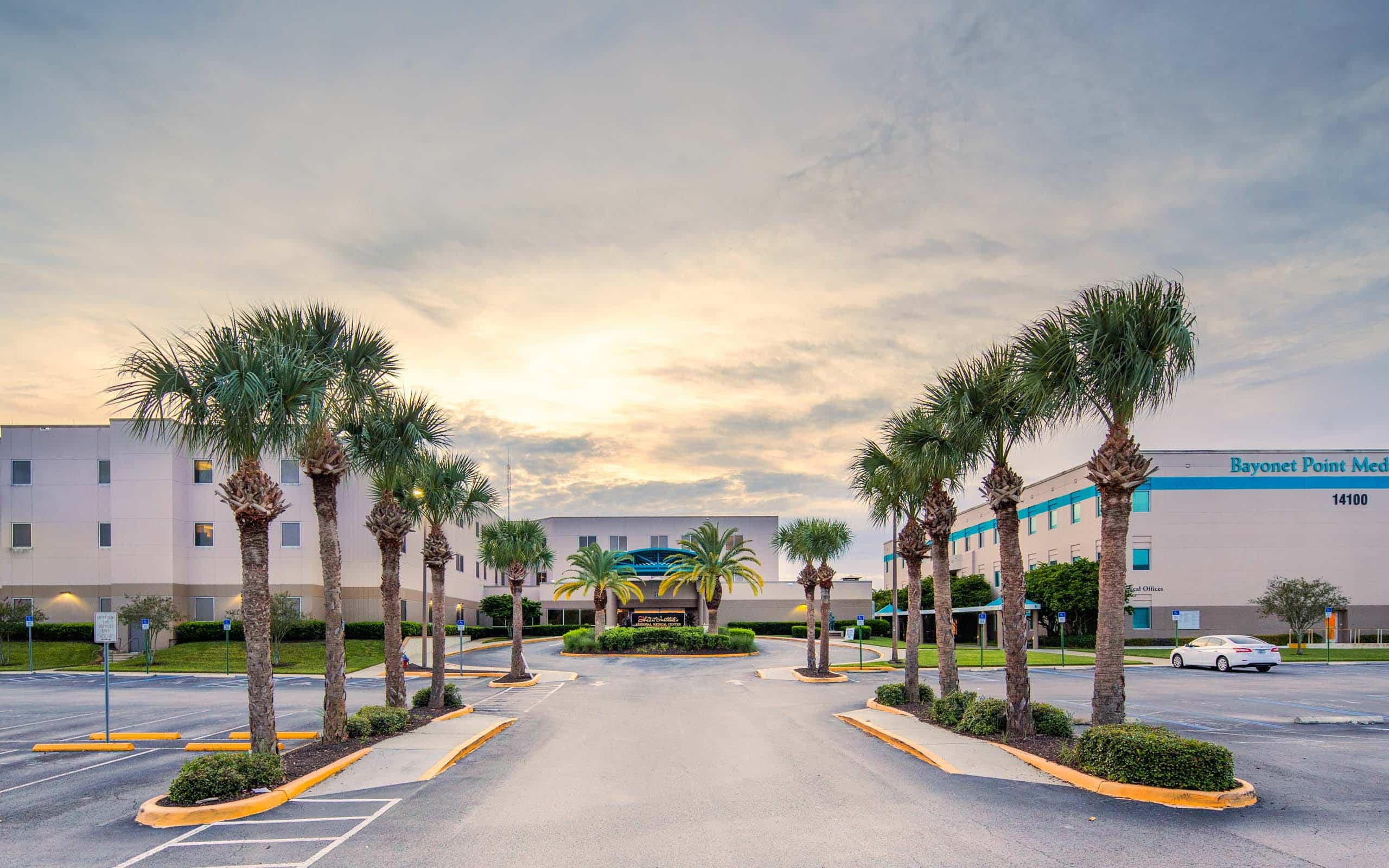

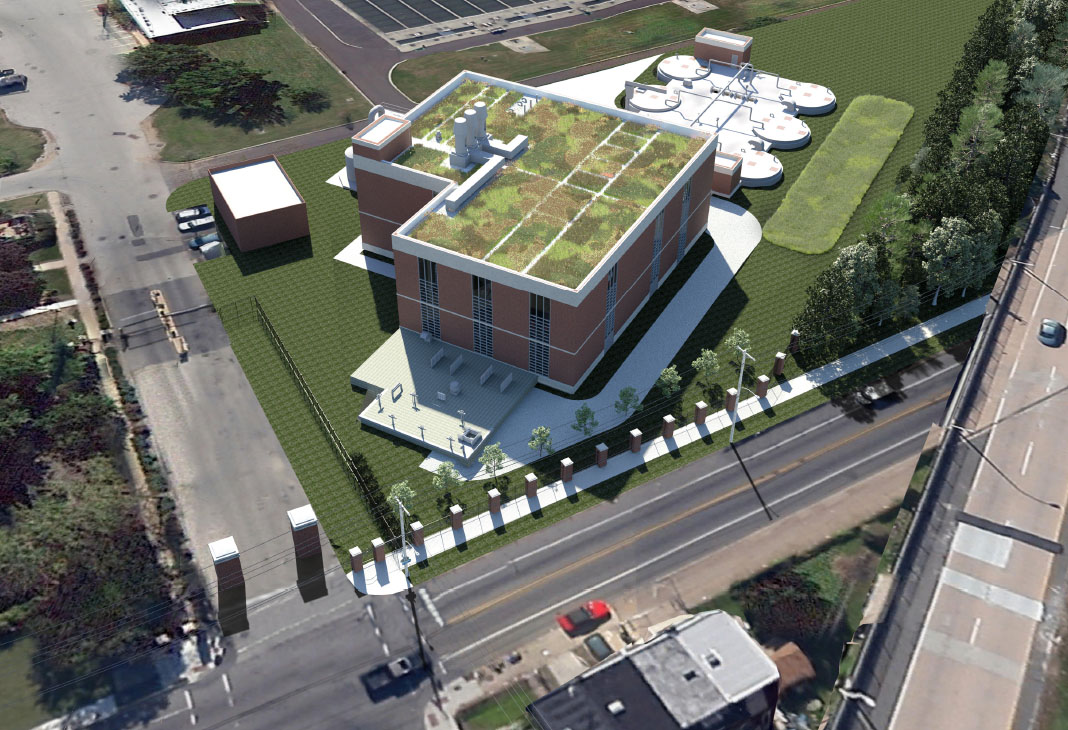
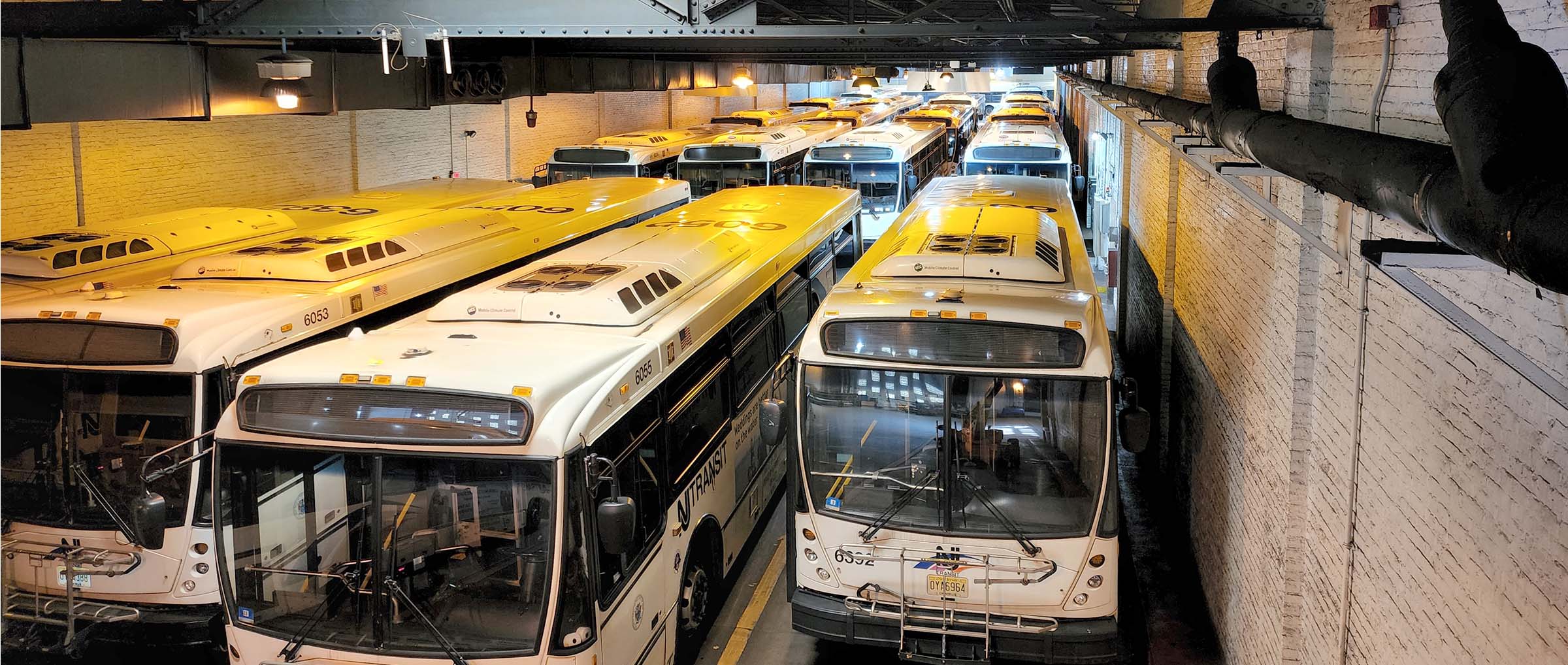

Create a Career at Burns
At Burns, we understand our people are what makes us special. We are looking for high-energy, smart, collaborative individuals to join the team.
Staff Empowerment
Work-Life Balance
Innovative Culture
Employees Say
“Burns has taught me to have more confidence in my abilities. I’ve learned to develop the skillset for whatever role is needed on each project.”

Jonathan Topham
Electrical Engineering Specialist







